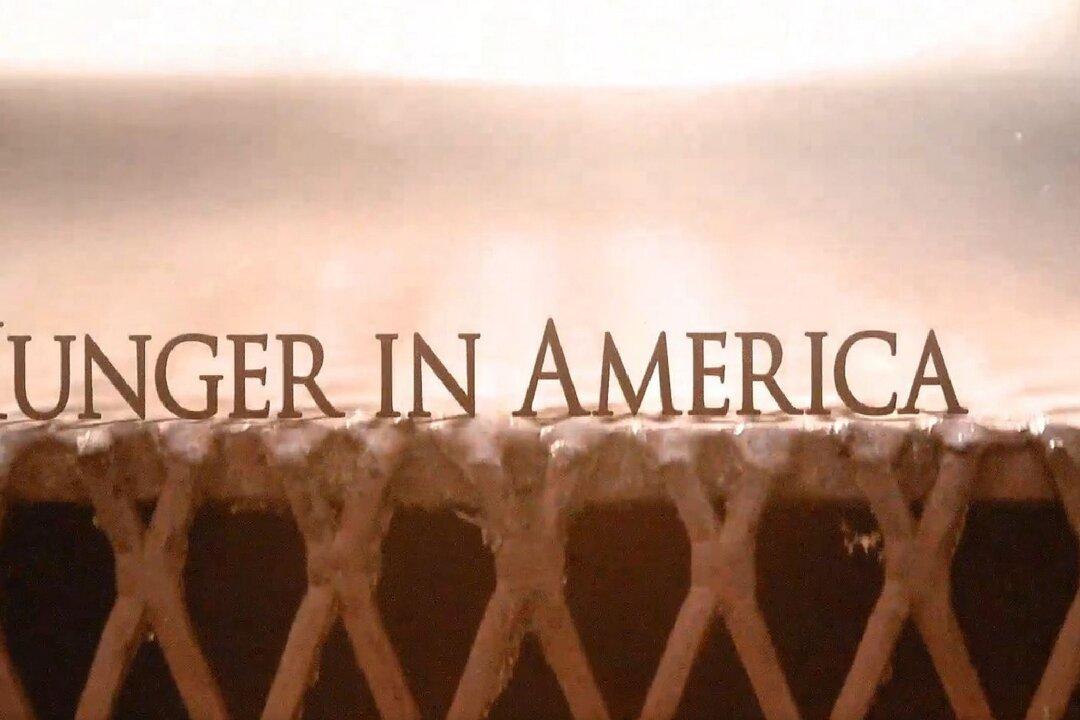Commentary
There’s a prevalent misconception in America that hunger and homelessness are primarily third-world problems. When I was younger and first saw the numerous advertisements encouraging Americans to donate money for children and families in developing countries (such as India and the Philippines), they’d show the most heart-wrenching images. Images of unwashed children wearing mere scraps of clothing will forever be seared into my mind.





